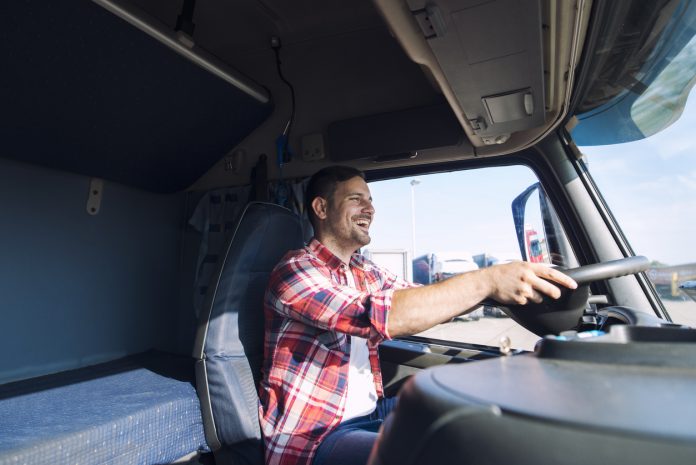Each year the Commercial Vehicle Safety Alliance rolls out 3 major campaigns: Road Check, Operation Safe Driver & Brake Check week. By the time you read this Operation Safe Driver will have reached a conclusion. This year’s focus is on speeding.
Speeding is a contributing factor in thousands of injuries and deaths each year and yet drivers seem to fail to see the hazard. Speeding will not be the only behaviour CVSA officials will be looking for, they will also be looking for seatbelt use, distracted and aggressive driving. The message is clear, dangerous driving will not be tolerated while behind the wheel of a CMV. How do we set our fleet up for success, reducing dangerous driving behaviours? Not easy, information and influence campaigns take years to take hold and become a part of the culture. Knowing this, start sooner rather than later!
Statistics show that driving behaviour contributes to many collisions. Some carriers have invested in camera systems in attempt to curb negative behaviour. Ask many carriers and the program’s success has been so-so. With other carriers, they swear by the program. Camera technology has enabled carrier management to be able to begin adopting behavioural based safety strategies. Cameras put coaches closer to the driver than ever before without having to ride along with them.
Stats are showing that speeding and seatbelt use tops the list. CVSA officers did not interact with nearly as many vehicles as they did pre-2020, not by half. So, it is difficult to judge whether we are doing better, one thing for sure is that fatalities and injuries are on the rise. To oversimplify the problem would be irresponsible on anyone’s part. The issue of rising fatalities involving heavy trucks is a concerning stat. What’s more are the causes? Could it be the experience? Entry level training? Automated transmissions? E-logs? Parking? Irresponsible carriers? I’ve heard all kinds of reasons for this recent trend no evidence is conclusive so far.
In order to improve, the industry must take a long hard look at its safety practices and culture. Historically, the industry has had difficulty achieving much more than basic compliance. Some carriers have difficulty attracting drivers to participate in JHSC activities, instead, they tick the box and talk about cleaning the shop area. Participation is one of the cornerstones of health and safety. Granted, it is difficult to garner driver participation but with technology creative solutions exist.
If you look to other industries, like manufacturing, primary resources, & construction improvements have been made when it comes to lost time injuries (LTI). Much of this is acknowledging the fact that compliance with the law is the bare minimum to keep people from being seriously harmed. Take for example, an annual inspection, of course most companies do go above and beyond this requirement simply to protect their investment. That being said, there are companies who comply with this law and only inspect their truck annually.
Improving safety culture starts at the top. It is driven from the executive level down. It is important to demonstrate the ROI of a safety program which exceeds legal minimums. Some of the potential returns are reduced insurance premiums or SIR payouts, lowered WSIB premiums, less vehicle downtime, especially post COVID. If you really drill down, a vehicle collision is more costly than the parts and labour especially if you do not have access to a suitable rental. Deductible buy down insurance is popular these days and a great financial risk management tool however it would still take around 2-3 months for the truck to overcome the cost at a 5% profit margin. Add in lost revenues, and the potential for replacing a driver who cannot afford to sit around a collision can be detrimental to a small carrier.
We’ve come a long way safety wise over the years, better braking systems, limiting hours of service, safety fitness regimes, enhanced licensing procedures, governing heavy trucks, electronic logs, mandatory entry level training & cameras have contributed to better industry performance over the years. The trucks and systems have become better, we need to start looking at our drivers and influencing them to adopt safe road behaviour behind the wheel to do this a positive safety culture is necessary.






















